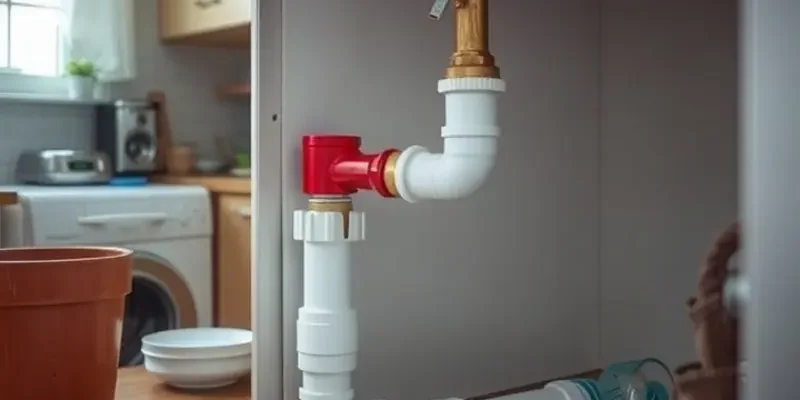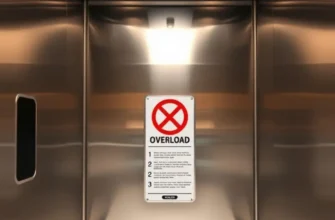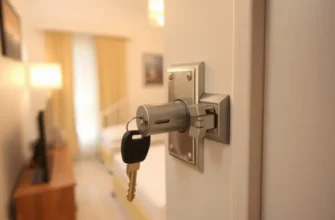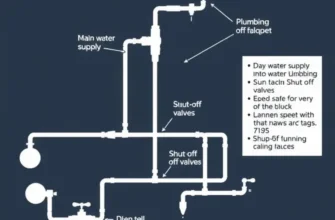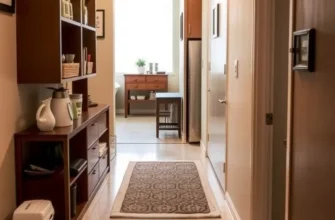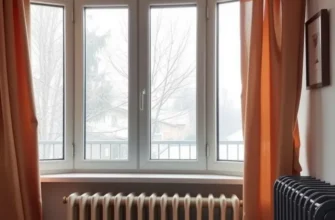Water emergencies can happen when least expected, from a leaky faucet to a bursting pipe. As a renter, understanding the importance of your apartment’s emergency water shut-off is crucial. Knowing where it is and how to access it fosters a sense of security and preparation. This knowledge can prevent extensive water damage, safeguard your personal belongings, and allow for a swift response to emergencies. The goal here is to empower you with practical tips on how to locate, operate, and maintain your apartment’s water shut-off valve. Enhanced knowledge means fewer worries—let’s make sure your living space is safe, secure, and well cared for.
How to Locate the Emergency Water Shut-Off Valve
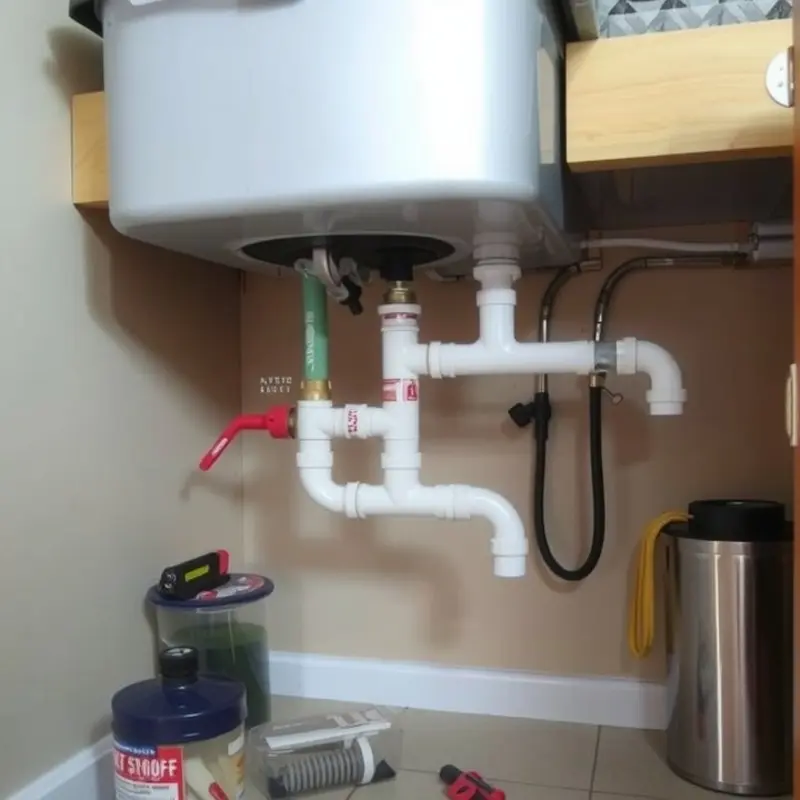
Finding the emergency water shut-off valve should be your top priority as a renter. Knowing its location empowers you to act quickly and effectively during a plumbing emergency, mitigating potential water damage and its associated costs. Being prepared can save you from stressed phone calls to your landlord and avoidable property damages.
The emergency water shut-off valve can be situated in varied locations, depending on your apartment’s layout. Here’s a look at common places you might find it:
- Under sinks: This is the most typical spot for individual shut-offs associated with sinks. Look inside bathroom and kitchen cabinets for knobs often located toward the rear wall.
- Near the water heater: If your apartment has a water heater, the main valve might be located close by. Check for a lever or wheel on pipes leading to or from the heater.
- In a utility room or closet: Some apartments centralize plumbing controls in a utility room. Inspect any such closets or service panels in your unit.
- Behind an access panel: In some cases, these panels, sometimes painted or disguised, hide shut-off valves. You might find one in your kitchen or bathroom.
Recognizing the valve is crucial. Most main shut-off valves are large and configured as a wheel or lever. Lever-style valves lie parallel to the pipe when open and can swiftly be turned a quarter-turn perpendicular to shut water flow. Wheel valves, on the other hand, usually require several turns to operate fully.
Before moving to a new apartment, talk to your landlord about the location of this crucial valve. Having this conversation during the lease negotiations ensures you know how to protect your home right from the start. Some leases even include this information in a welcome handbook. This step demonstrates preparedness and forethought, qualities appreciated by landlords and beneficial to your own peace of mind.
In addition to being prepared to shut off the water, being aware of early signs of plumbing issues can prevent emergencies. Look for constant dripping noises, sustained wet spots under sinks, slow-draining sinks or tubs, and any water damage around the ceiling or floor. These symptoms are often indicators of a pending plumbing issue needing attention. The earlier these signs are identified, the quicker you can contact appropriate maintenance, reducing the likelihood of severe damage.
For overall apartment safety and wellness, considering additional checklists can also be advantageous. For example, having a comprehensive apartment wellness checklist ensures you cover all necessary areas for maintaining your living space excellently.
Knowing the location and function of the emergency water shut-off valve is a simple yet powerful part of apartment living. Be proactive, and you are more likely to enjoy a safer and worry-free home environment.
Operating the Shut-Off Valve Effectively
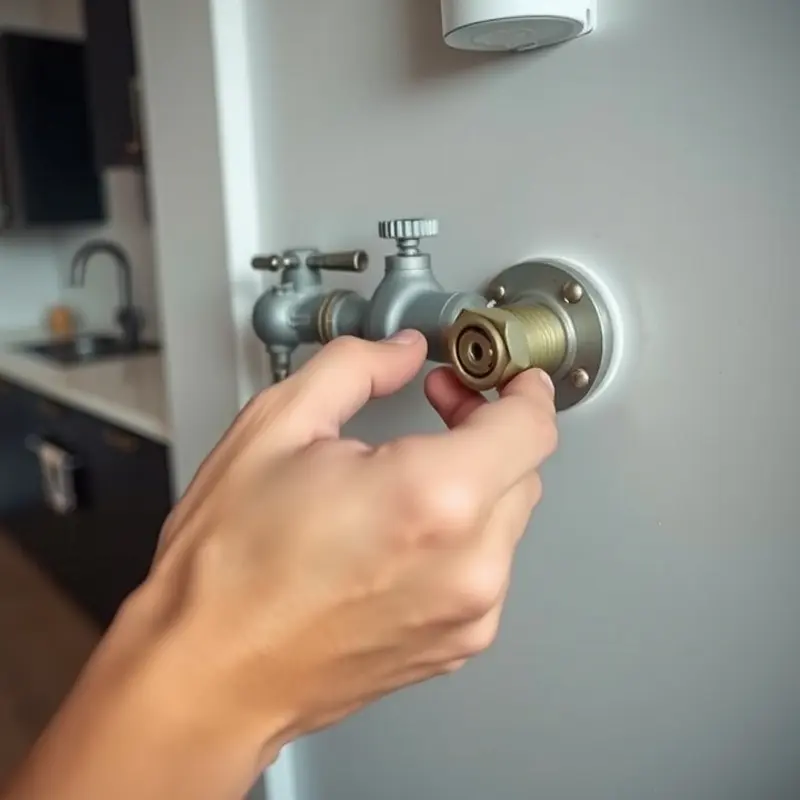
Once you’ve located your emergency water shut-off valve, the next step is understanding how to operate it efficiently. This knowledge not only prepares you for swift action during unexpected water emergencies but also minimizes potential damage to your apartment.
Begin by examining the type of valve you have. There are primarily two types: the gate valve and the ball valve. Gate valves have a wheel-like handle that you turn. If yours is a gate valve, turn it clockwise until it stops to shut off the water. Ball valves, on the other hand, have a lever handle that you rotate 90 degrees to turn off the water supply. With the lever handle perpendicular to the pipe, the water flow is stopped.
When shutting off a valve, apply firm but gentle pressure. Avoid forcing the valve, as this could cause damage, leading to leaks or impair functionality. If the valve resists turning, it might be stuck due to mineral buildup, particularly in older buildings. In this case, gently work the valve back and forth to loosen it, or consider spraying a lubricating product suitable for plumbing to help ease the motion.
It’s crucial to maintain your shut-off valve with regular checks. Set a reminder to test and turn the valve every six months to ensure it remains functional. This prevents freezing or seizing, especially if the valve isn’t often used. If you encounter persistent issues, contact your landlord or property management to address the problem promptly, ensuring your safety during an emergency.
For renters in older apartments, be especially cautious with valves that haven’t been used in years. These might be more prone to wear and require replacement. In such situations, a periodic inspection by a professional can avert potential issues.
Safety during water emergencies is paramount, and understanding these practical steps can make a significant difference. However, don’t wait for an emergency to occur; proactive maintenance ensures the valve works smoothly when life takes an unexpected turn.
For more tips on maintaining safety and efficiency at home, our guide on safe apartment laundry habits offers valuable insights to ensure your living space stays secure and well-managed.
Final words
Equipped with knowledge about your apartment’s emergency water shut-off valve, you can take proactive measures to protect your home from potential flooding and water damage. Remember that knowing its location and how to operate it can make all the difference in an emergency situation. Share this information with your household to ensure everyone feels empowered and prepared. Prioritizing safety not only preserves your belongings but also fosters a sense of community within your living space.

